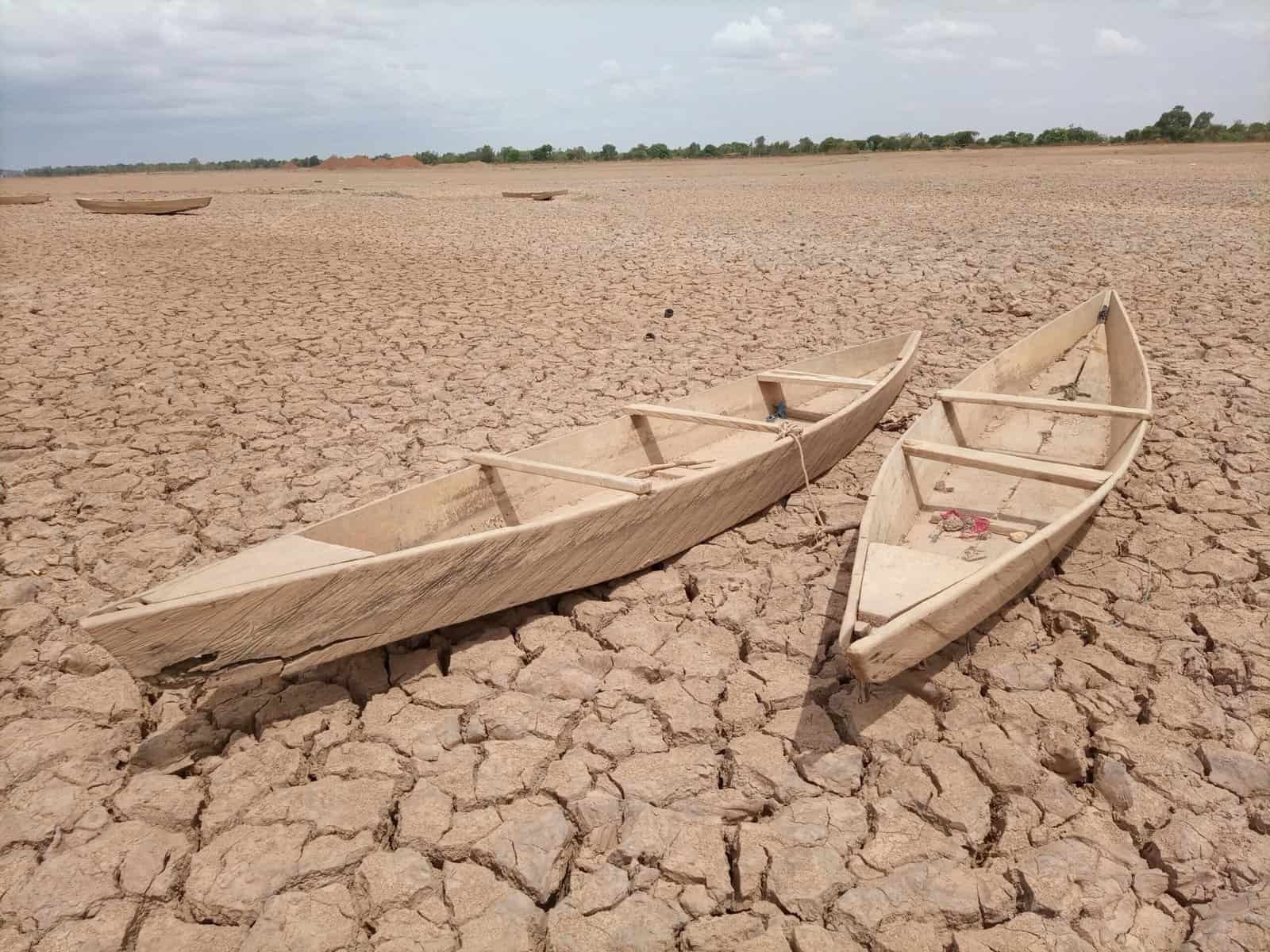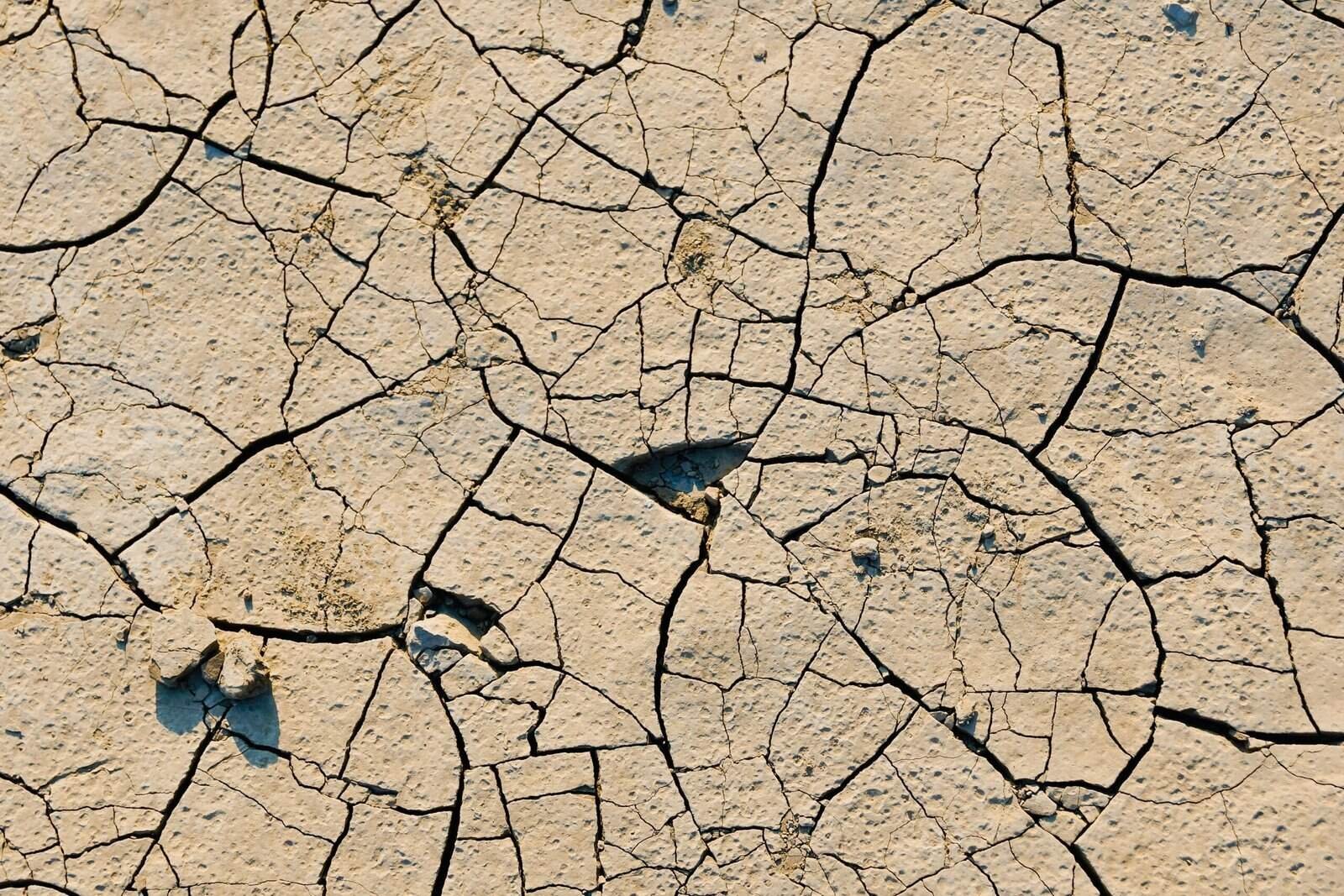Have you ever wondered what could happen if a critical resource you rely on daily suddenly became unavailable? In California’s Central Valley, this is the haunting reality faced by thousands of residents due to the increasing risk of water well failures. Droughts, pollution, and overuse have set the stage for a potential crisis, leaving many to wonder how they will secure water if their wells no longer produce.

Understanding the Importance of Water Wells
Water wells play a critical role in providing essential resources to millions of people worldwide. They are especially vital in rural areas where municipal water systems do not exist. In the Central Valley of California, these wells are a lifeline for agriculture, homes, and businesses. They tap into underground water sources, supplying irrigation to the vast fields that produce a significant portion of the nation’s fruits and vegetables.
The Anatomy of a Water Well
Before diving into the challenges facing these wells, it’s important to understand how they work. A typical water well consists of a hole drilled deep into the ground, where a pump draws water to the surface. The depth and construction of the well depend on the aquifer it taps into. Aquifers are underground layers of water-bearing rocks or materials like gravel and sand. They recharge through precipitation and, in some cases, nearby rivers or lakes.
Why the Central Valley Relies on Wells
The Central Valley’s reliance on water wells cannot be overstated. Its sprawling agricultural sectors depend on groundwater for irrigation, essential for maintaining year-round crop production. Additionally, many residents use well water for domestic purposes, from drinking and cooking to sanitation and landscaping. The significance of these wells is underscored in times of drought when surface water sources become scarce.
Challenges Facing Central Valley Water Wells
The water wells in California’s Central Valley are facing a number of challenges that threaten their usability and the communities’ access to water.
Drought and Over-extraction
California has been grappling with prolonged drought periods, leading to an increased dependency on groundwater sources. As surface water resources shrink, more demand is placed on the wells, leading to over-extraction. This scenario accelerates the depletion of aquifers, reducing the water table and causing wells to dry up.
Pollution and Contamination
Another significant threat comes from contamination. Various reports highlight the presence of pollutants including nitrates, arsenic, and ‘forever chemicals’ like PFAS (per- and polyfluoroalkyl substances) in water wells across the region. Due to agricultural activities, industrial runoff, and other human interventions, these contaminants pose serious health risks to those dependent on well water.
Infrastructure Aging
The infrastructure supporting water wells, including their drilling and pumping equipment, is showing signs of aging. Many of these wells were installed decades ago and have not been updated to accommodate current demands or technological advancements. Aging infrastructure is prone to failures, which can cause wells to become inefficient or completely stop functioning.

The Wider Implications of Water Well Failures
The potential failure of thousands of water wells has broad implications not just locally, but also for California and the nation.
Impact on Agriculture
For the agricultural sectors in Central Valley, well failures can lead to a domino effect impacting crop yields and livestock production. Farmers depend on reliable water sources for irrigation, especially for high-water-demand crops like almonds and rice. A failure could lead to reduced harvests, affecting the supply chain and increasing prices nationwide.
Health and Safety Concerns
On a household level, reliance on contaminated or exhausted wells poses health risks. Impure water can lead to various ailments due to the presence of harmful substances. Moreover, without adequate water for sanitation, the risk of disease increases.
Economic Consequences
The economic ramifications are profound. Water scarcity affects crop production, leading to revenue losses. It could also increase costs due to the necessity of importing water or investing in alternative infrastructure. These financial burdens can impact not only the residents and farmers but the broader economy reliant on Central Valley’s agricultural output.

Mitigating the Risk of Water Well Failures
Addressing these challenges requires a multifaceted approach that includes policy changes, technological upgrades, and community action.
State and Local Initiatives
California has introduced various initiatives aimed at safeguarding water resources. The Sustainable Groundwater Management Act (SGMA) is a key legislative measure designed to regulate groundwater usage in a sustainable manner. Local agencies are being equipped with the authority and resources to create groundwater sustainability plans that aim to balance usage with replenishment.
Technological Innovations
Advancements in technology offer promising solutions. Smart water monitoring systems can help detect anomalies in water levels or quality, enabling preemptive action to mitigate potential failures. Moreover, the development and adoption of more efficient water pumps and filtering systems can extend the life of existing wells and improve water quality.
Community Engagement and Education
Community involvement is crucial. Educating the public on the importance of water conservation and the impact of supporting sustainable practices can yield significant results. Local cooperatives and community organizations can facilitate dialogues between residents, farmers, and water management authorities to devise practical solutions.

The Path Forward
While the challenge is significant, coordinated efforts can help avert a crisis. By employing comprehensive strategies that combine legislative, technological, and grassroots efforts, the risk posed to Central Valley’s water wells can be mitigated. Community members can play a vital role in conservation efforts, and by working together with local and state authorities, a sustainable path forward can be developed.
Advocacy for Policy Support
Lobbying for continued and enhanced policy support remains crucial. Citizens can advocate for federal and state funding aimed at infrastructure upgrades and environmental protection. Public pressure can ensure that legislative bodies remain committed to maintaining safe and adequate water supplies.
Long-term Planning
Strategic long-term planning is necessary to assure future water demands are met while maintaining ecological balance. This involves not only sustainable groundwater management but also exploring alternative water resources, like recycled or desalinated water, to supplement future needs.

Conclusion
The looming threat of water well failure in California’s Central Valley poses significant challenges, yet it is not insurmountable. Through awareness, technology, policy reforms, and proactive community engagement, sustainable solutions are within reach. By taking action today, you can ensure that future generations continue to have access to the essential resource that is water, safeguarding the region’s agricultural prosperity and residents’ well-being.
